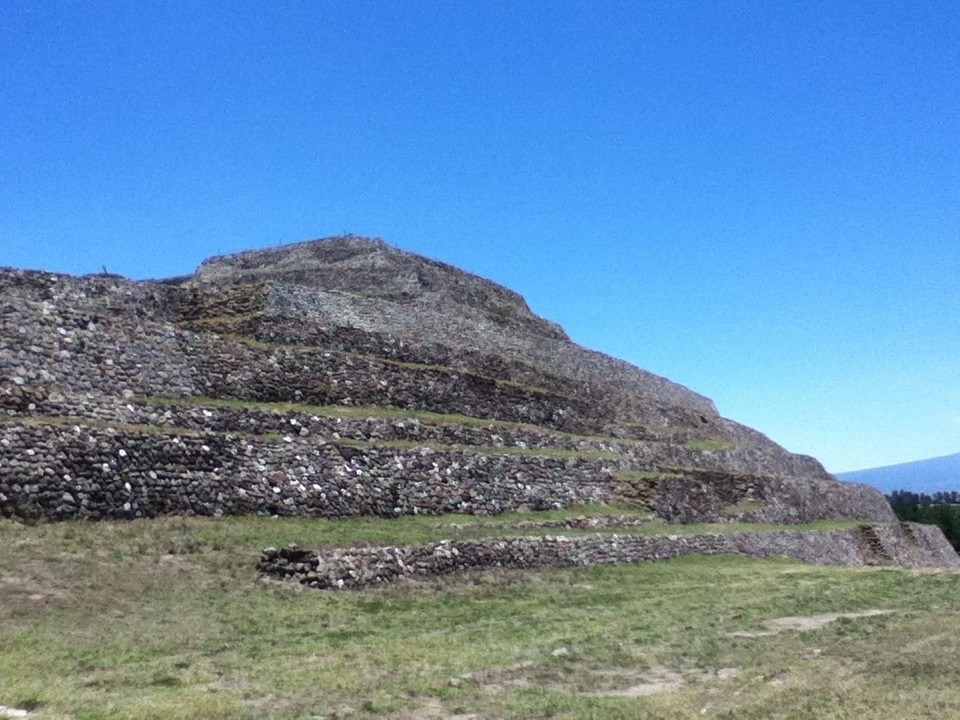Summary
Historical Significance of Xochitecatl
Xochitecatl is a site that breathes history, nestled on a hill in Tlaxcala, Mexico. It is famous for its unique circular pyramids, which are rare in Mesoamerican archaeology. These ancient structures served as important religious centers, conducting ceremonies to honor the gods and ensure agricultural prosperity. Contrary to many other sites, Xochitecatl’s elevation provides strategic views, suggesting a strong cultural and military position. This intriguing site has been a keystone in understanding the pre-Columbian societies that once thrived here.
Get your dose of History via Email
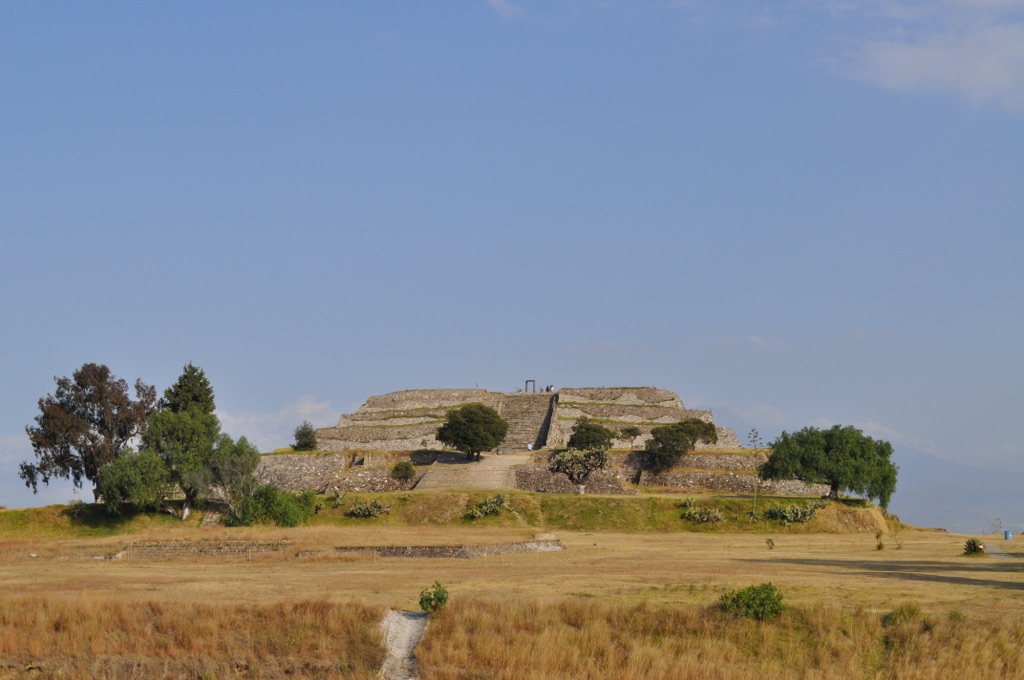
Architectural Wonders and Cultural Practices
The architecture of Xochitecatl is a physical echo of the past, showcasing the complex thinking of its creators. The buildings include the Spiral Building, the Volcano Base Structure, and the Plaza of the Three Cultures, each presenting distinct aspects of the site’s function and significance. The Spiral Building, with its staggering design, highlights the deep astronomical and calendar-related knowledge of its inhabitants. Archaeological finds such as sculptures and ceramics shed light on the day-to-day life, trade networks, and the spiritual views of the ancient community.
Preservation and Visitor Experience
In our modern times, Xochitecatl stands as a portal to the past, maintained carefully for education and exploration. Efforts to preserve and study the site continue, as each discovery adds a layer to our understanding of the area’s rich history. Visitors can walk the ancient paths, feel the weight of centuries under their feet, and imagine the once-vibrant ceremonies held atop the pyramids. This experience not only enriches the knowledge of Mexican heritage but also fosters a deep appreciation for the ingenuity and spirit of the people who walked these grounds long before us.
Historical Background of Xochitecatl
The Origin and Cultural Legacy
Perched atop a natural hill in the fertile region of Tlaxcala, Mexico, stands Xochitecatl, an ancient ceremonial center. This pre-Columbian wonder dates back to as early as 700 B.C. Initially flourishing during the Preclassic period, Xochitecatl later became an active part of the Cacaxtla state. Remarkably, it appears that the site’s activity continued intermittently through various epochs well into the Postclassic period. The archeological treasure trove found here offers invaluable insights into the shifts in power and influence among the indigenous cultures of the region.
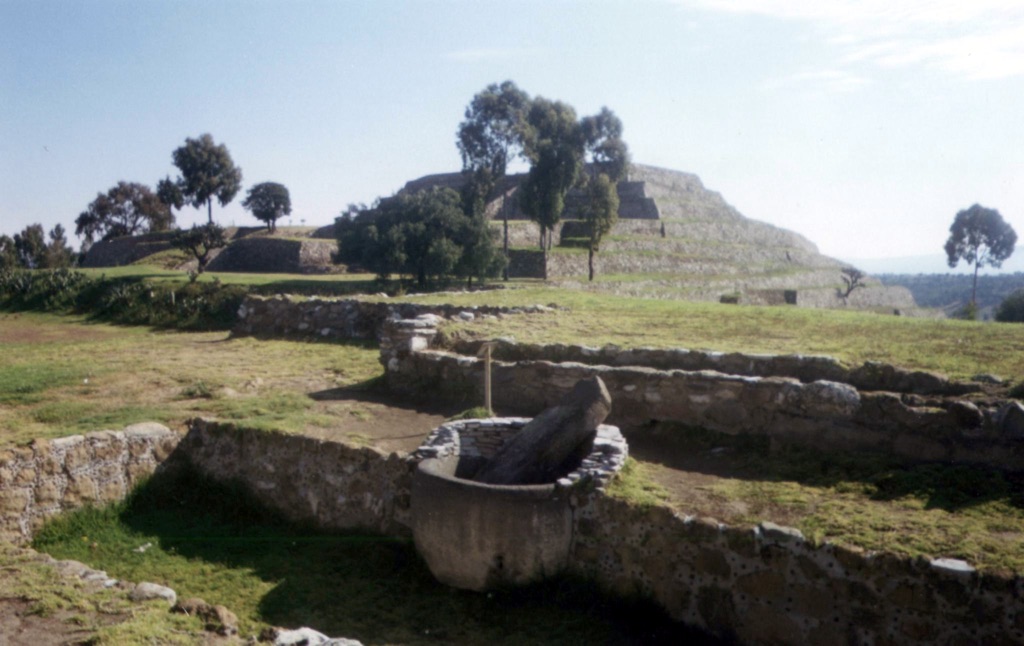
Astronomy and Religion Intertwined
The structures of Xochitecatl reflect a society deeply connected with celestial events. Here, the ancients aligned their buildings with astronomical bodies, using the sky as a guide for agricultural cycles and religious ceremonies. This site is unique, with round pyramids that stand out against the traditional Mesoamerican stepped designs. These circular monuments, like the Pyramid of Flowers, reveal complex understanding of the solar year and are believed to serve as markers for seasonal changes crucial to the ancient agrarian-based economy.
Strategic Location and Trade Routes
Xochitecatl’s strategic hilltop location provided commanding views of the surrounding valleys, indicating dual purposes in its importance: for both religious rites and military observation. These vantage points may have played a role in controlling regional trade routes, fostering economic growth. Archaeological findings, including pottery and obsidian tools, underscore the extent of trade networks that connected Xochitecatl to far-reaching Mesoamerican civilizations.
The Decline and Rediscovery
The once thriving Xochitecatl experienced a sudden decline around the first millennium A.D., likely due to regional power shifts and environmental changes. For centuries, nature reclaimed the hill, until archeologists in the 20th century unearthed its forgotten legacy. Today, their painstaking excavation efforts renew our understanding of the site’s significance, revealing a vibrant past interwoven with complexities of human endeavor, warfare, and spirituality.
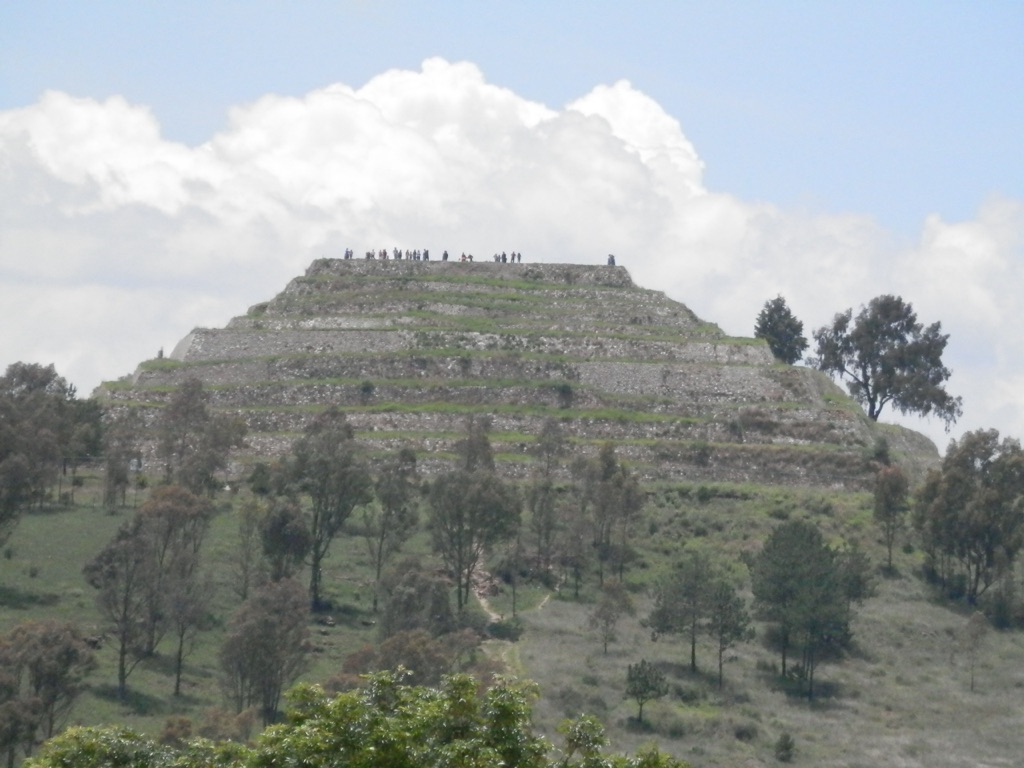
Heritage and Current Importance
Now, Xochitecatl stands as a testament to Mexico’s rich heritage, drawing visitors and scholars globally. The site’s stewardship ensures that the historical narrative continues to unfold, fostering a greater appreciation for the indigenous societies’ resilience and sophistication. As an educational resource, Xochitecatl bridges the ancient world with contemporary society, allowing us to marvel at the intricate connections between past civilizations and our modern experience.
The Discovery of Xochitecatl
Initial Recognition and Exploratory Excursions
Archeologists and historians long speculated about the existence of a significant pre-Hispanic settlement in the central Mexican region. The exploration of Xochitecatl began earnestly in the 19th century. Early explorers stumbled upon the hill and noted its odd shape and alignment with nearby volcanoes. Curiosity led to organized excavations, and findings soon began to shape our knowledge of the highlands’ cultural history.
Archaeological Breakthroughs
In the realms of dusty tomes and folk tales, Xochitecatl was more of a myth than a tangible site. But everything changed when fieldwork, initiated by local archeologists, unveiled the first structures in the 1960s. This was a pivotal moment. With each layer of earth removed, the wealth of a new civilization came to light. The circular bases and spherical pyramids contradicted the typical Mesoamerican architectural styles, marking Xochitecatl as a unique finding.
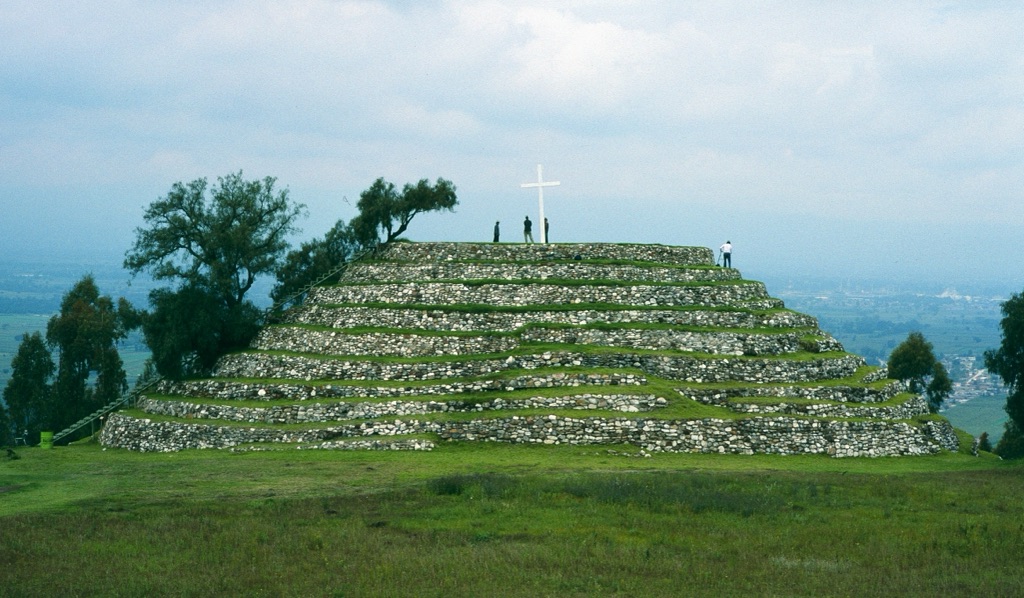
The Pyramid of Flowers Unearthed
The Pyramid of Flowers, Xochitecatl’s crown jewel, emerged from the soil after painstaking work by Rubén Cabrera Castro, a renowned archeologist. Discovered in the late 20th century, it became clear this was a site of astronomical and ceremonial significance. Meticulous excavation revealed a sophisticated design, suggesting an advanced understanding of both agriculture and celestial cycles.
Wider Recognition and In-Depth Studies
The discovery of Xochitecatl resonated across the international archeological community, drawing a plethora of scholars. Subsequent research and digs unearthed more structures and artifacts, each adding a chapter to the story of this enigmatic site. These artifacts reveal a culture rich with ritual and art, deeply connected to earth and sky.
Modern Interpretations and Historical Context
Today, the discovery of Xochitecatl has shaped not just our understanding of Tlaxcala’s past, but also our perspective on the rise and fall of cultures. It offers a rare glimpse into life during Mesoamerica’s tumultuous transitions, bridging gaps in the historical narrative. The site is a focus for learning, challenging previous assumptions and inviting fresh interpretations with every new artifact unearthed.
Cultural Significance, Dating methods, Theories and Interpretations
Unlocking Xochitecatl’s Age
Advanced techniques have shed light on the age of Xochitecatl. Carbon dating, applied to unearthed organic materials, suggests that its first structures could date back to 700 B.C. or earlier. By examining stratigraphy, experts can see through time – layers of earth revealing distinct epochs of activity within the site. These methods validate the significance of Xochitecatl in the grand timeline of Mesoamerican history.
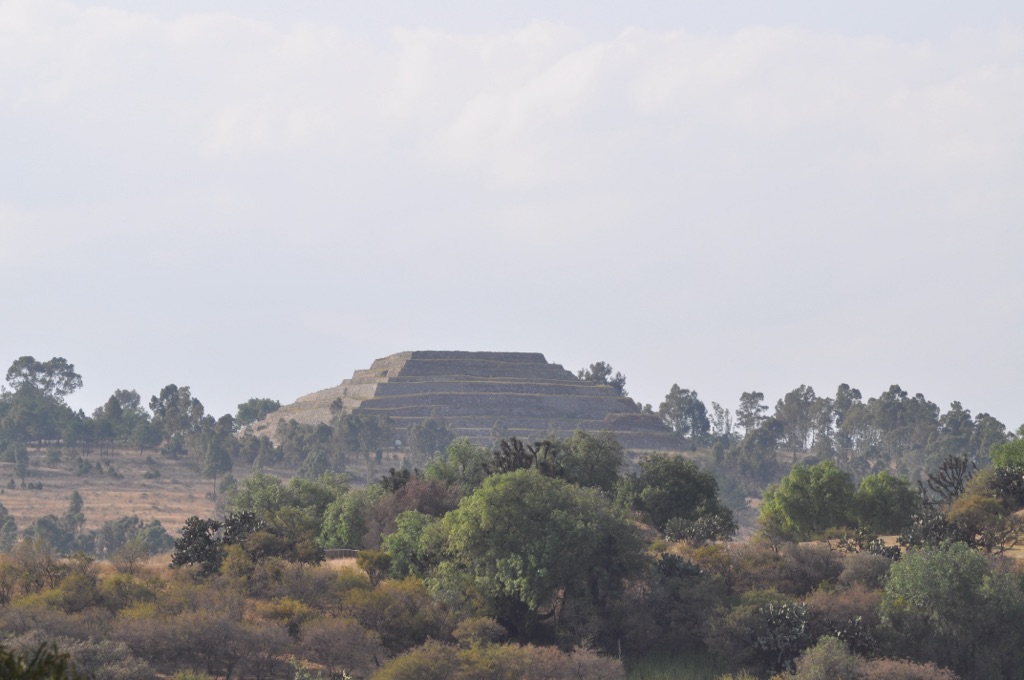
Xochitecatl’s Role in Ritual and Society
The site, with its unique circular structures, served as a hub of spiritual life. More than just a place of worship, it was a venue for vital community gatherings, trade, and discussions. Ritual practices here reflect a society deeply attuned to the seasons and the land’s rhythms. The pyramids of Xochitecatl echo the voices of past ceremonies, where the community joined to seek favor from the deities governing their natural world.
Debating the Purpose of Circular Pyramids
Theories about the circular pyramids, a distinctive feature of Xochitecatl, abound. Some experts argue they represent the celestial bodies, perhaps functioning as astronomical observatories. Others suggest they were stages for elaborate performances, serving religious or political purposes. While consensus has not been reached, the various interpretations showcase the complexity and sophistication of the site’s design.
Assessing Regional Connections
Theories also extend to Xochitecatl’s connections with neighboring entities. Its prominence and location suggest that it could have been a key player in a larger political-religious network. Some hypothesize it was allied or in conflict with other powerful centers, asserting regional dominance. The discovery of trade goods from distant lands supports the theory of Xochitecatl as a crossroads of cultures and ideas.
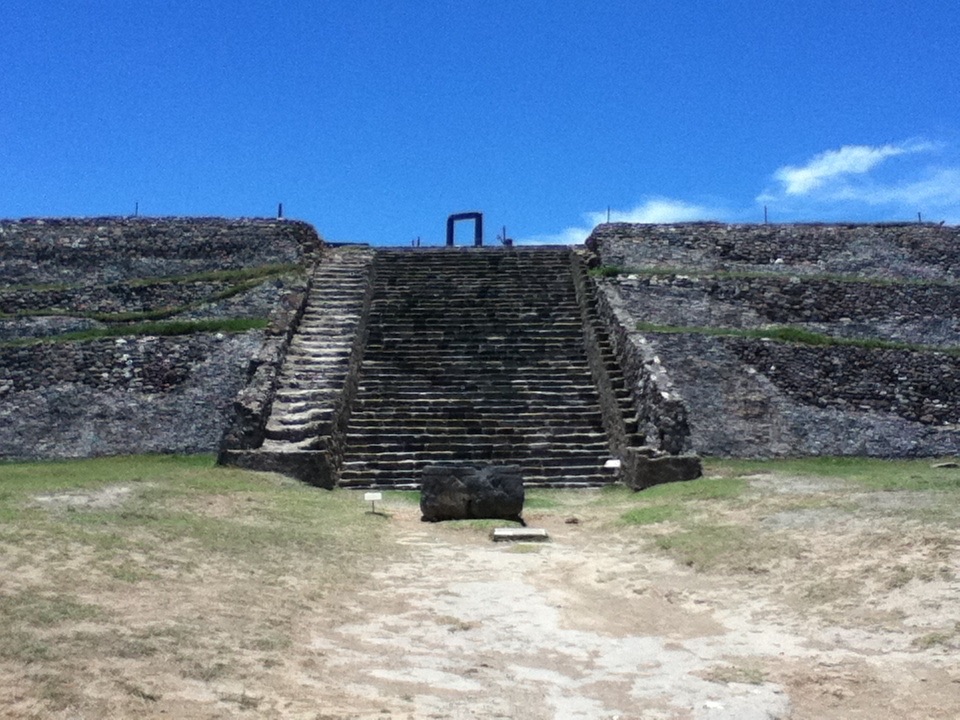
Contemporary Interpretations and Legacy
Interpreting Xochitecatl, archeologists and historians nowadays regard it as a crucial piece in the Mesoamerican puzzle. Each research phase brings new perceptions, reshaping our understanding of the site’s cultural imprint. As investigations continue, we not only glimpse into the ancient past but also gain an appreciation for the enduring impact of Xochitecatl on contemporary cultural identities and Mexico’s historical fabric.
Conclusion and Sources
In essence, Xochitecatl stands as a profound testament to Mesoamerican civilization, its cultural and astronomical advancements, and its enduring legacy. Through careful archaeological scrutiny and advanced dating methods, scholars continue to unfold the complex narratives woven into the fabric of this site. As we honor and study such historical treasures, they offer not just a glimpse into a distant past but also a mirror reflecting the sophistication of ancient societies that still influence the contemporary world.
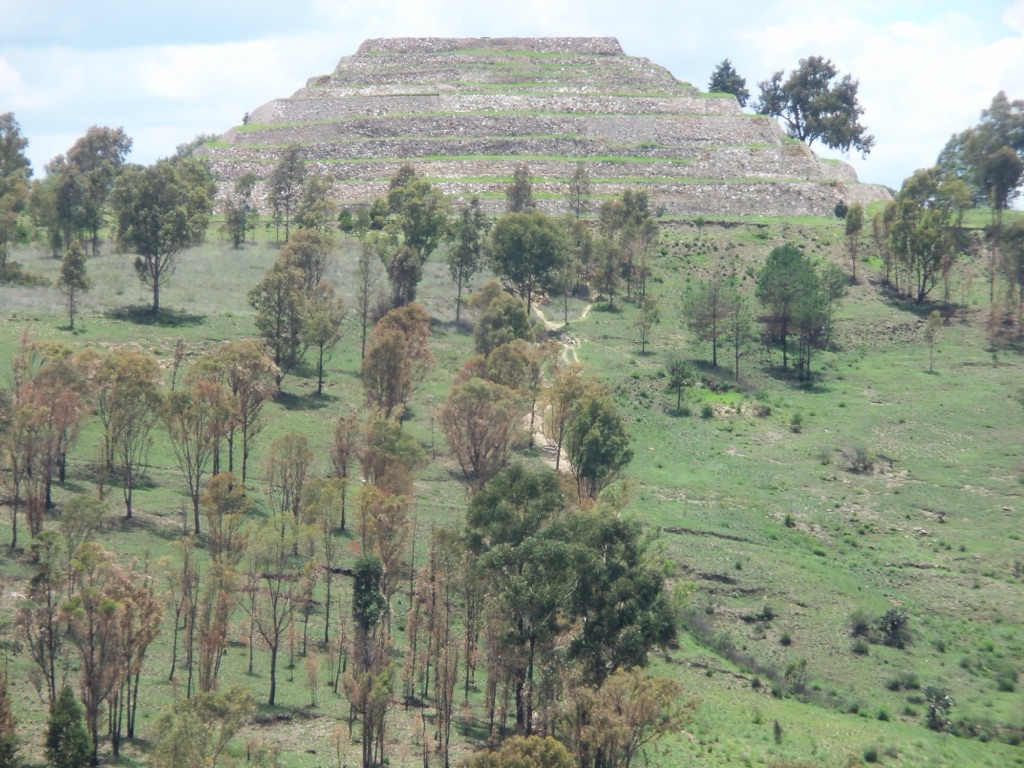
For further reading and to validate the information presented in this article, the following sources are recommended:
Or you can check any of these reputable archaeological and historical texts:
Cabrera Castro, R. (1991). ‘La pirámide de las flores y el pirámide de la serpiente emplumada’. Proyecto Xochitecatl 1985-1986. Mexico City: Instituto Nacional de Antropología e Historia.
Davies, N. (1982). ‘The Ancient Kingdoms of Mexico’. Penguin Books: London.
Sugiyama, S. (2005). ‘Human Sacrifice, Militarism, and Rulership: Materialization of State Ideology at the Feathered Serpent Pyramid, Teotihuacan’. Cambridge University Press: New York.
Braswell, G. E. (2003). ‘The Maya and Teotihuacan: Reinterpreting Early Classic Interaction’. University of Texas Press: Austin.
Evans, S. T., & Pillsbury, J. (2004). ‘Palaces of the Ancient New World’. Dumbarton Oaks Research Library and Collection: Washington, D.C.

